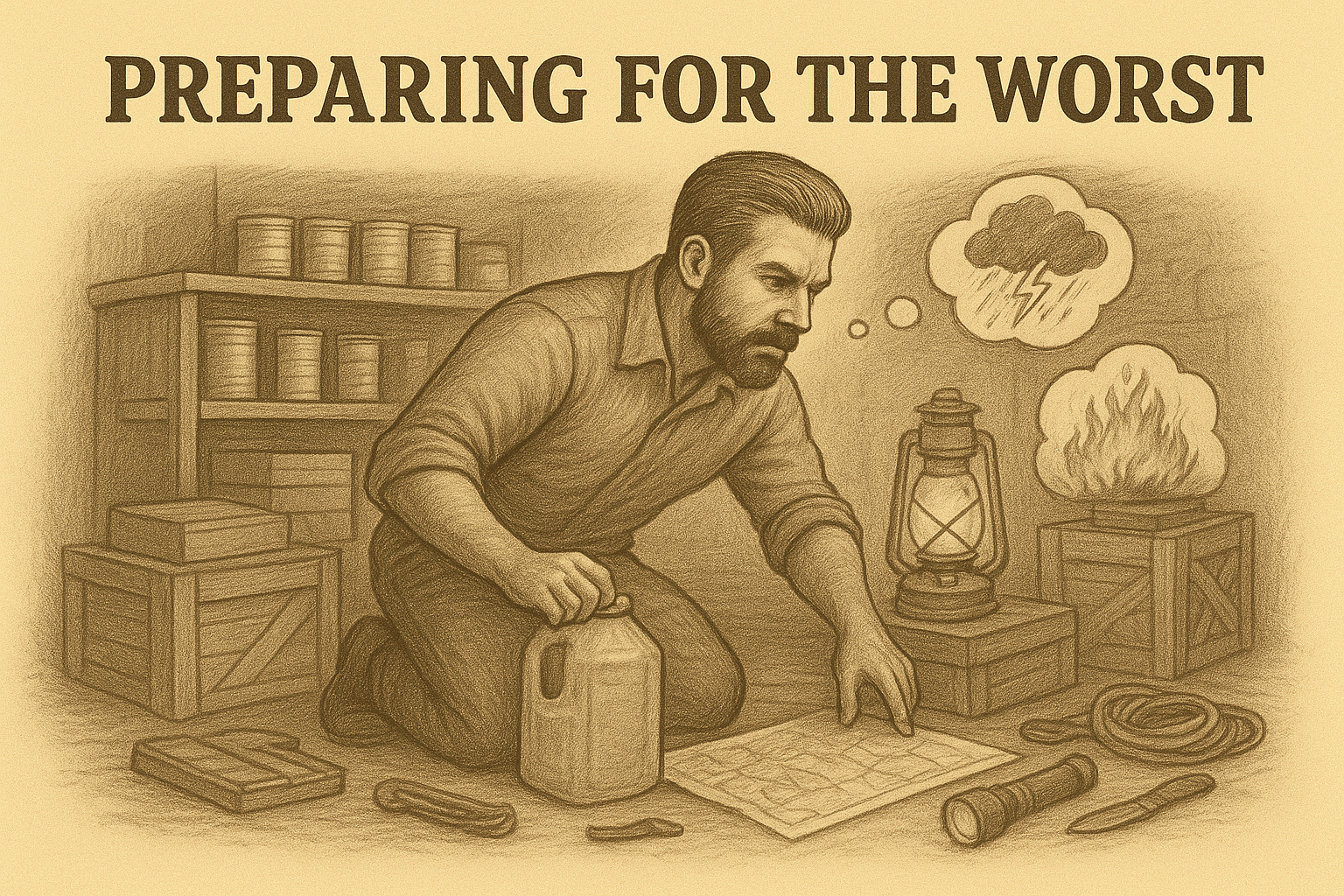Day 34: Why prepare for the worst survival situation?
How to prepare for the Most Probable Survival Situations
We prep for EMPs, nuclear war, and grid-down chaos…
But what’s most likely to actually happen?
Here’s the real answer:
The riskiest survival situations are the ones we don’t think twice about.
What’s the Most Dangerous Thing You Do Every Day?
Answer: Drive to work.
And we do it while:
Texting
Talking on video
Zoning out to music
We’re numb to the danger because we’ve done it so often.
That numbness? That’s the real risk.
Risk Hides in the Ordinary
You’re most likely to end up in a survival situation from things like:
A “quick” hike in a temperate rainforest
No rain gear. No thermal backup. A storm rolls in—you’re stranded.Taking your truck down a backcountry road
No recovery tools. No emergency kit. No radio.
A flat tire becomes an overnight survival event.Flying in a float plane in Alaska
I’ve done it. I packed the right gear.
But I know pilots who bring nothing but the shirt on their back.
Why? Again—numb to the risk.
How to Actually Prepare for What’s Likely
It’s all about building everyday habits:
Carry comms gear
Always have a way to call for helpCarry security tools
When around people or big animals, don’t assume you’re safeDress like you might sleep outside
If you had to sit by a fire at 2AM, could your clothes keep you warm?Rotate your vehicle kit every season
Add cold gear in winter, hydration in summer
Your car should be an overnight shelter if it has to be
Bottom Line
Big survival threats rarely come from “big” events.
They sneak in through daily life.
The “easy hike”
The “quick drive”
The “routine flight”
Stay awake to the risk. Build habits around it.
Because you already know what to do—
You just have to think it through.




